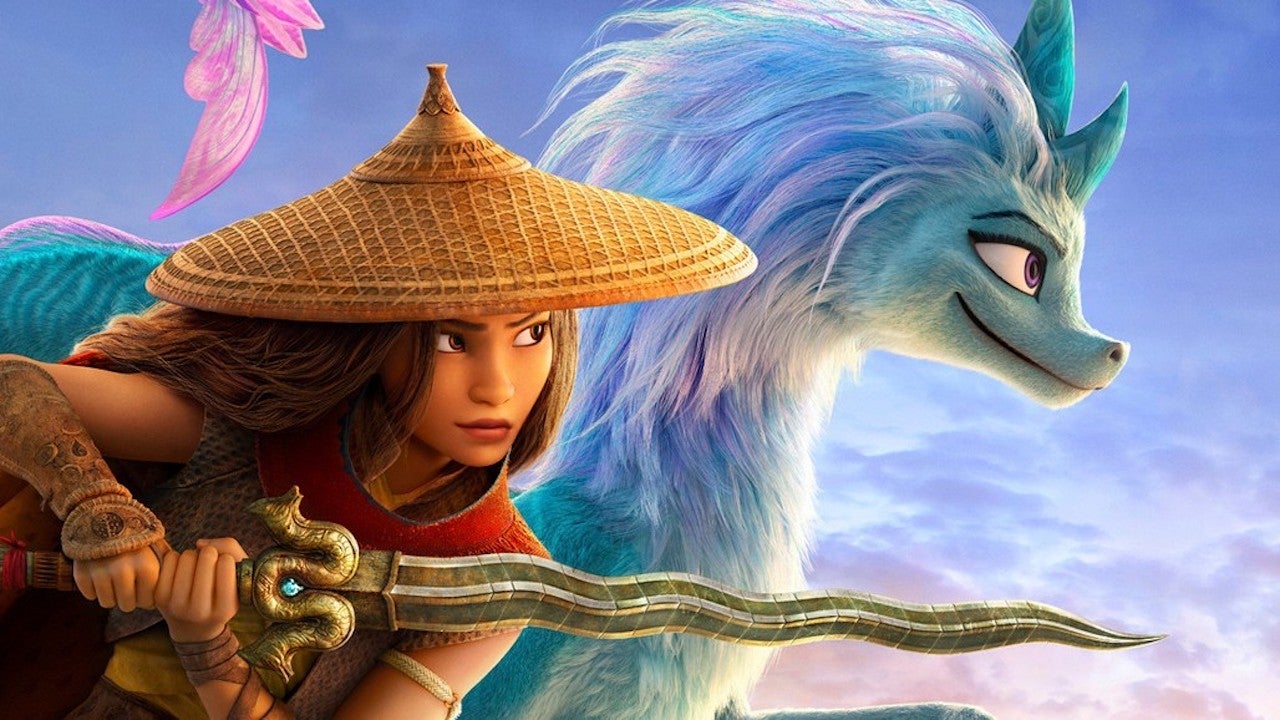Disney's Raya and the Last Dragon: A Lao Artist's Perspective

Watch on YouTube Official Trailer for Raya and the Last Dragon_Spoiler Alert! This review reveals key plot points from Raya and the Last Dragon. If you haven’t seen the film yet, you might want to save this post for later!_
Disney’s Raya and the Last Dragon isn’t just a movie—it’s a milestone for us Southeast Asian artists. It’s not often we see our cultures, traditions, our stories brought to life on the big screen, especially by a giant like Disney. This film represents a hope for more Southeast Asian representation in mainstream media. And as an artist of Lao descent, I couldn’t be more thrilled.
In this review, I’ll delve into the visual design, cultural authenticity, narrative, and character development in Raya and the Last Dragon. Whether you’re a fellow Southeast Asian, a Disney enthusiast, or someone interested in narrative storytelling, join me on this exciting exploration.
 ## A World in Need of Its Protector
## A World in Need of Its Protector
The movie opens with a shot of a heaun phi—spirit house—in a desolate forest. This powerful image immediately sets the tone for the movie. In Southeast Asia, a spirit house is a shrine to the protective spirit of a place. Its abandoned state in the film signifies that the spirit no longer exists to offer protection—something that immediately hints at the quest our protagonist, Raya, is about to embark upon.
Enter Sisu, the Last Dragon, who is a guardian spirit herself. The mythical world she is tasked to protect, Kumandra, is depicted as a Southeast Asian equivalent of pan-European fantasy world-building, not unlike Game of Thrones, Lord of the Rings, and Frozen. As in many compelling narratives, this world is broken because its inhabitants have lost trust in each other. The task at hand for Raya? Find Sisu and restore peace to Kumandra.
The Authenticity of Raya
Disney has significantly tried to authentically represent Southeast Asian cultures in Raya and the Last Dragon. The animation team embarked on a research trip through Laos, Cambodia, Thailand, Vietnam, Indonesia, Malaysia, and Singapore to glean insights throughout the movie.
The result? Nuances like taking shoes off before entering a sacred place, praying gestures when making an offering, and bringing a gift to someone you’re visiting. Each region in Kumandra corresponds to different parts of a dragon—Fang, Spine, Talon, Tail, and Heart, subtly representing the unity and connectedness of the Southeast Asian cultures they were inspired by.
Raya’s Evolution
Raya’s journey is a classic hero’s journey, filled with trials and tribulations, failures and triumphs, and, ultimately, transformation. The most powerful moment for me was when Raya called on Sisu’s spirit for help in her desperation and hope. It’s her “me” moment, an “I want” moment that usually prompts a song in Disney princess films. Instead, Raya’s appeal is quiet and personal, showing her vulnerability in a way that fosters empathy with the audience.
Not the Legend We Expected
When Sisu finally materializes, she is not the omnipotent, god-like creature that legends painted her to be. Instead, she reveals that her power comes from unity, from the collective efforts of her siblings encapsulated in the gem she used to banish the Druuns—a mindless plague consuming souls and turning beings into stone. This revelation aligns beautifully with the theme of trust and unity throughout the movie.
Closing Thoughts
Raya and the Last Dragon is more than a visually stunning film. It’s a step towards representation, embracing Southeast Asian cultures, and a narrative exploration of trust, unity, and the hero’s journey. The movie serves as a celebration of diversity, a lesson on the power of unity, and a testament to the magic of authentic storytelling.
And to my fellow writers and artists out there—whether you’re creating your own children’s book or designing a new product—let’s take a leaf out of Raya’s book and remember: our stories are worth telling, our cultures are worth celebrating, and together, we can create magic.
Did you also notice the authentic Southeast Asian elements in Raya and the Last Dragon? Or perhaps you found other narrative techniques intriguing? Feel free to share your thoughts and keep the conversation going.
Let’s follow each other on Twitter and discuss more about filmmaking, storytelling, and product design. Find me at @ArtofNor.